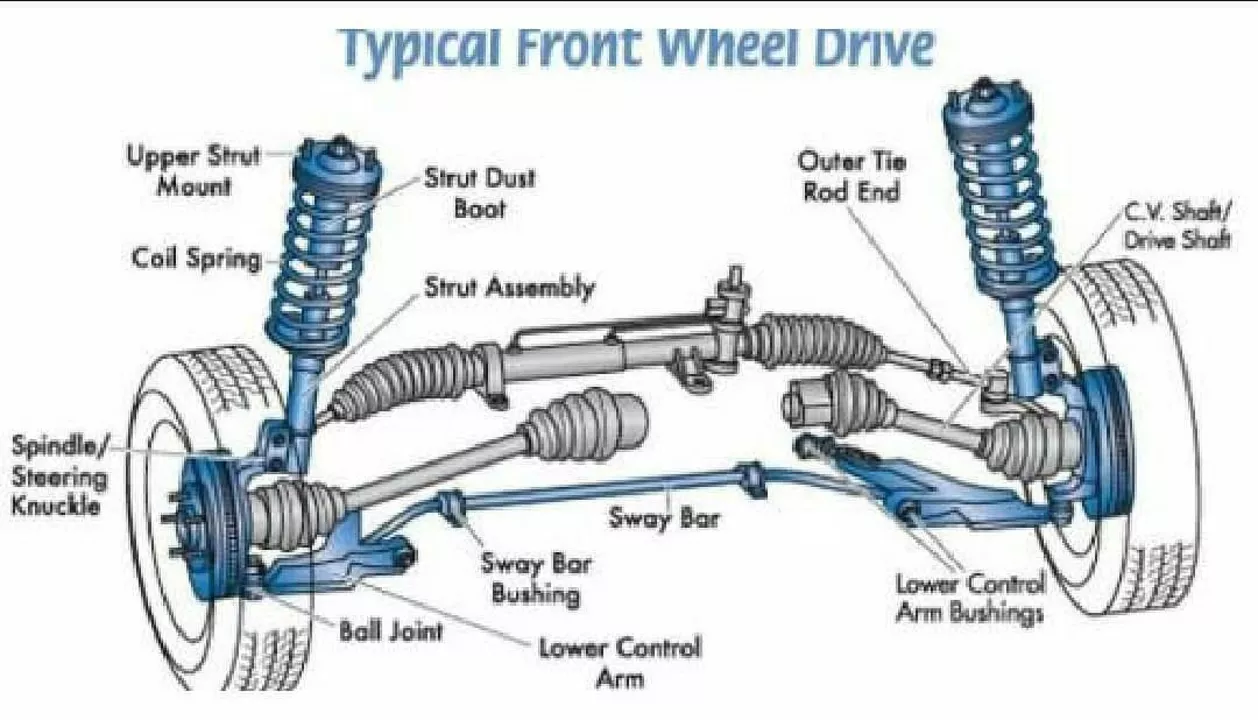Bad Car Buying Mistakes to Avoid – Quick Tips for Smart Shoppers
Buying a car can feel like a high‑speed race, and many of us end up hitting a few potholes along the way. The good news? Most of those potholes are easy to spot and avoid. Below are straight‑forward tips that cut through the hype and keep your wallet from taking a hit.
Skip the Silly Fees
Dealerships love to add extra line‑items, but not every fee is legitimate. Advertising fees? You’re already seeing the ads, so there’s no point paying for them again. Dealer preparation fees sound professional, but prepping a showroom car is part of the job – you shouldn’t shoulder that cost. And watch out for extended warranties that promise “peace of mind” but add a hefty markup. Before you sign anything, ask the dealer to break down each charge. If a fee feels unnecessary, demand it be removed.
Make the Test Drive Work for You
A test drive isn’t just a joyride; it’s the best way to catch hidden problems. Aim for at least a 30‑minute spin that covers city streets, highway, and a few turns. Listen for odd noises, check how the brakes feel, and see if the steering feels tight or loose. If you’re tempted to skip the drive because you love the look of the car, remember that looks fade fast, but a bad purchase lingers for years. Even if you don’t plan to buy on the spot, a thorough drive gives you solid data for negotiation.
Another common worry is feeling guilty for test driving then walking away. It’s not a bad move at all – you’re simply gathering information before committing big money. Dealerships expect it; they’re happy to spend time with you because it’s a chance to win a sale later.
Beyond fees and test drives, consider a brand’s reliability record. Surveys consistently rank Lexus, Toyota, and Honda as the lowest‑problem brands. If you’re after a vehicle that sticks around without constant repairs, these names are a safe bet. Luxury brands like Mercedes‑Benz and BMW also perform well in their segments, but they come with higher price tags.
Lastly, watch out for any pressure tactics. If a salesperson pushes you to sign before you’ve reviewed the contract, step back. Take the paperwork home, read it line by line, and call back with any questions. A trustworthy dealer will respect your need for time.
Putting these tips into practice means you’ll spend less time worrying about hidden costs and more time enjoying the open road. Bad car buying habits are easy to break once you know what to look for. So next time you hit the lot, go in armed with a checklist, ask the right questions, and drive away confident you made a smart choice.
Is it bad to cut springs to a lower car?
As a car enthusiast, I've been asked many times - is it bad to cut springs to lower a car? To sum it up, yes, it can be harmful to your vehicle. Cutting springs can lead to a harsher ride, compromised handling, and increased tire wear. Furthermore, it may cause safety issues and decrease the overall lifespan of your car's suspension components. So, if you're considering lowering your car, I highly recommend looking into professional lowering kits or coilovers for a safer and more reliable solution.
